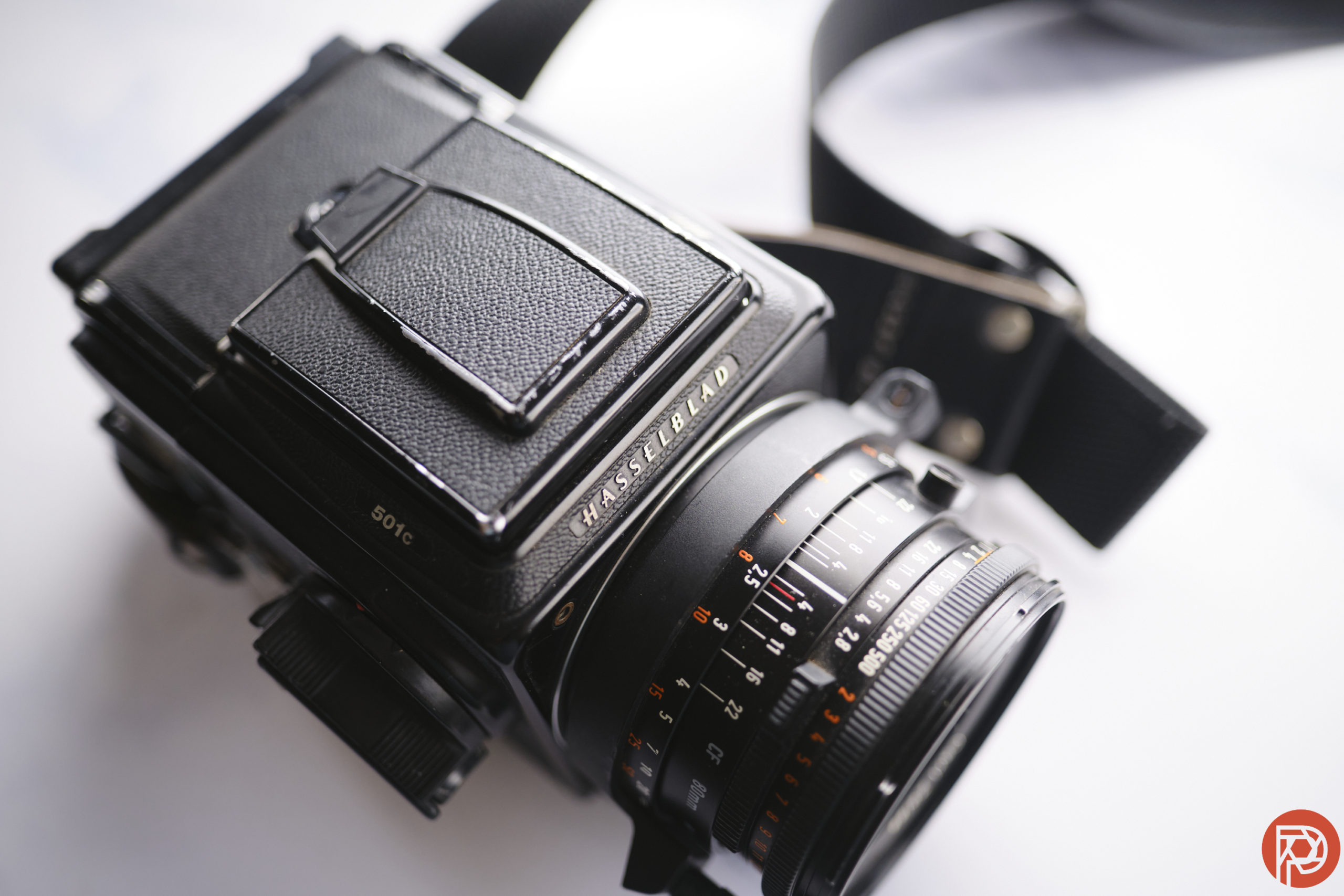For years, I resisted getting a Hasselblad. When I really started to play around with them, they were a bit too expensive for me. But then the pandemic happened, and the prices of film cameras really shifted. Then Joey Miller from LensRentals said that he was always looking for a Mamiya 6. And crazy enough, I was looking for a Hasselblad 501C. So we traded one another. Insanely enough, they were both worth around the same price. And with that said, I genuinely think that I’ve found the perfect film SLR for me.
“I saw you walking around the other day with a Hasselblad around your shoulder,” is what I literally get messaged from other photographers in Queens, NY. Yes, the Hasselblad 501C is light enough and compact enough that I truly want to bring it with me everywhere. It’s not as enormous as the Mamiya RB67 I used to own. And it’s more convenient than the Pentax 67 I used to own as well.
More importantly, though, this is an experience I felt was truly missing from my photography experience. And I’m sure it is for you as well.
The Big Picture
The Hasselblad 501C is a great vintage camera that is capable of making photos of gorgeous as it did the day it was made. Very few digital cameras can do that. But this is a medium format film camera. I’ve owned many 6×6 format cameras over the years, and this is my favorite of the bunch. If you’re after a tactile experience that’s missing from modern cameras, then get the Hasselblad 501C. It will slow you down with its metering and focusing. It will feel like a metallic piece of history in your hand as you turn the dials and adjust the knobs accordingly. And most of all, it’s going to change how you shoot.
We love the Hasselblad 501C. And if you’re interested, check it out over at Blue Moon Camera. Otherwise, check out on eBay and check out our Hasselblad 501CM review.
Pros
- Can become very compact
- 6×6 format is king
- Beautiful lenses
- Built incredibly solid
- Metering system is a fascinating challenge
Cons
- Not a single thing
Gear Used
We used the Hasselblad 501C with the 80mm f2.8 Carl Zeiss lens and various film emulsions.
Ergonomics
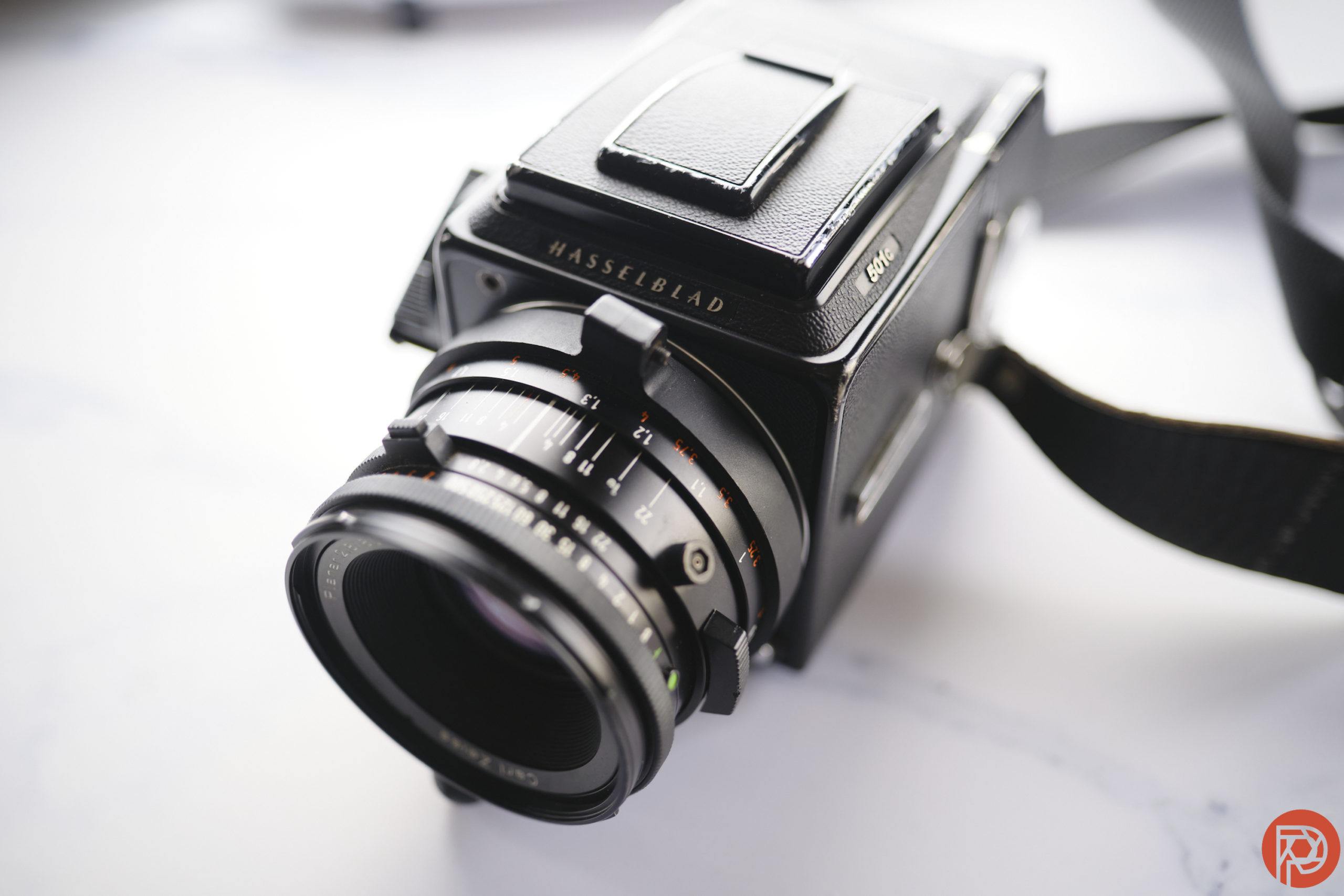
Here’s a look at the Hasselblad 501C with a hood finder collapsed. It comes off, as does the lens, and the back towards the rear of the camera.
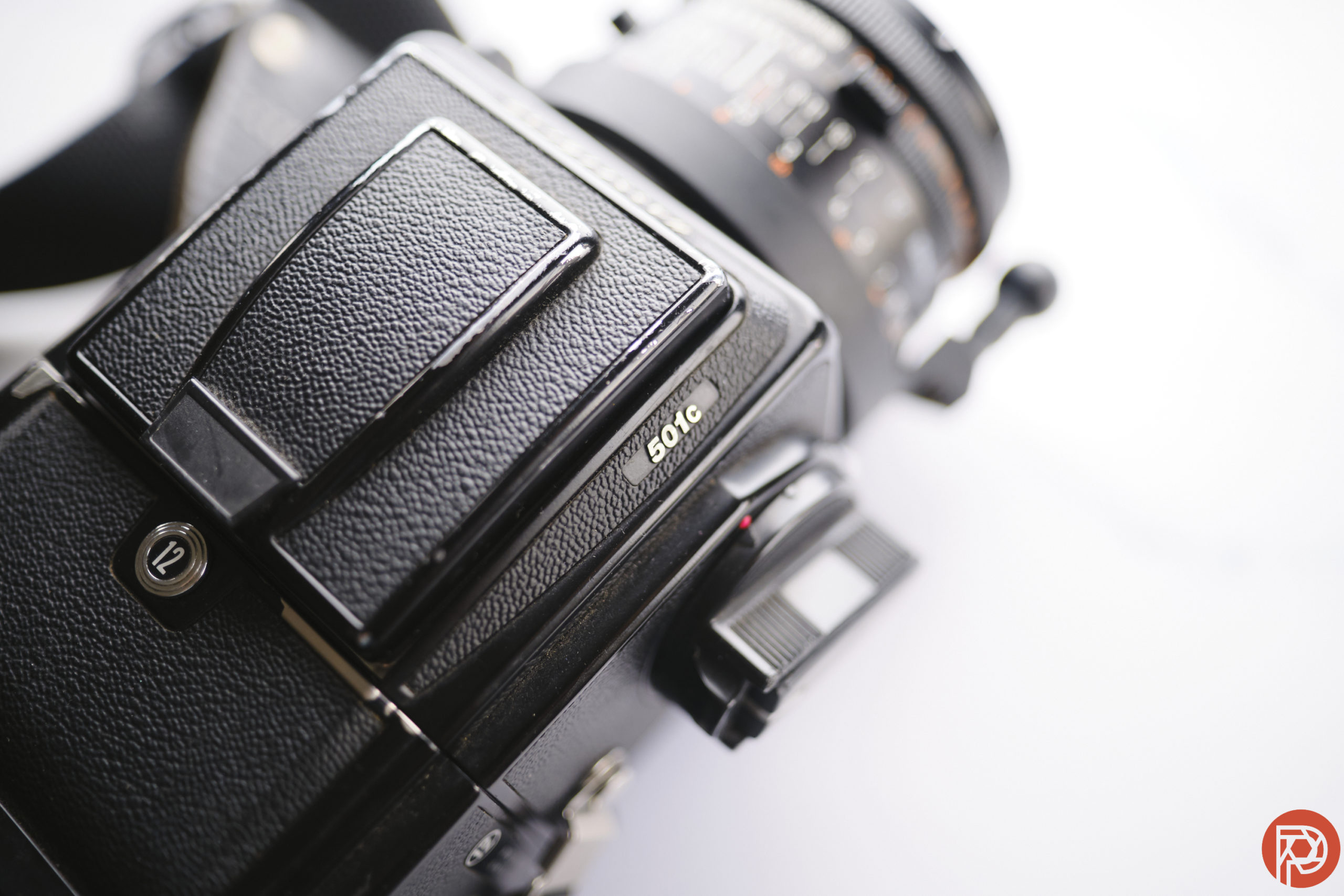
On the top of the camera, you can spot a few things. There’s a film counter count in addition to logos from Hassy. As you can tell, the texture is very much like a leatherette. This helps with grip.
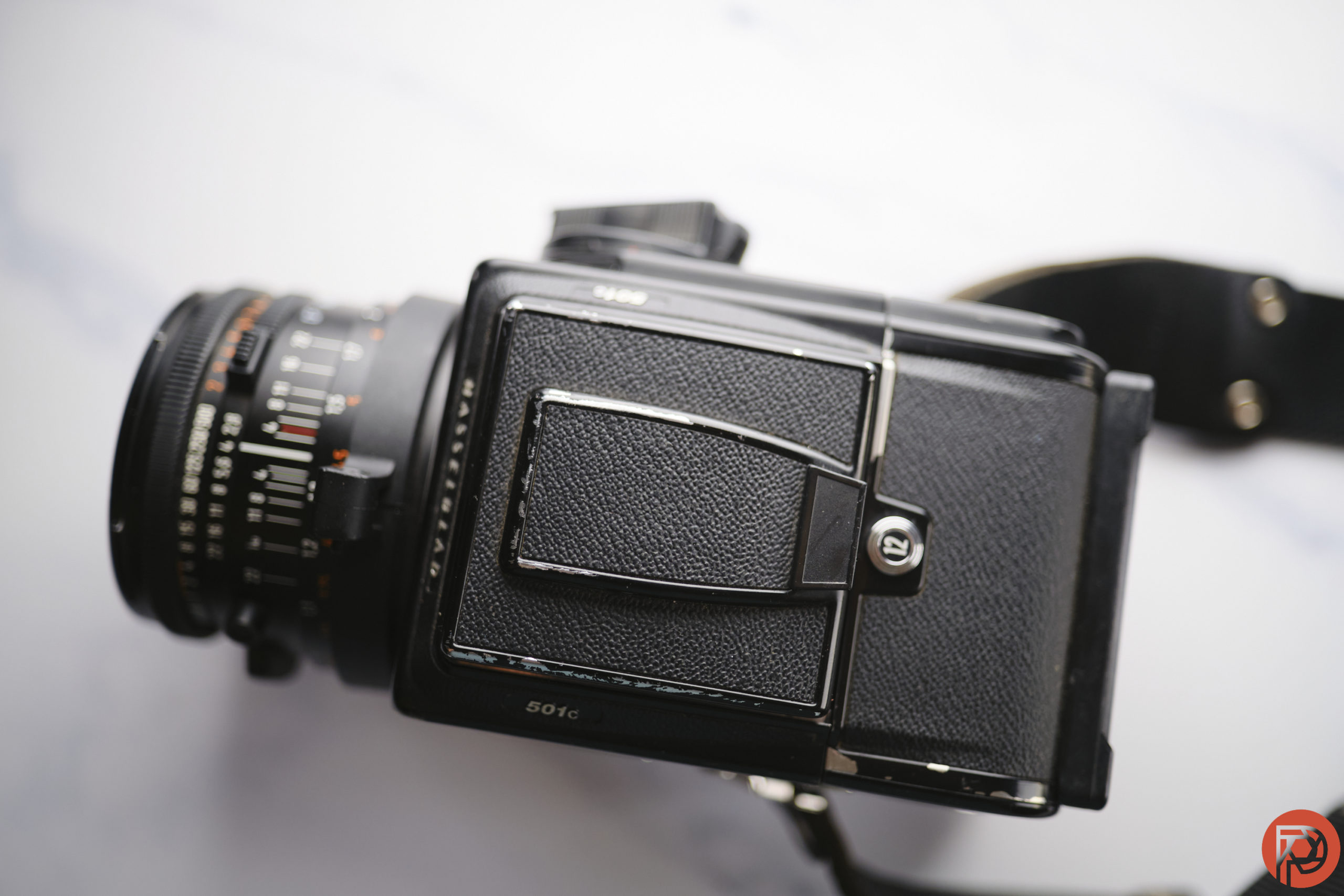
Here’s just another view from the top.
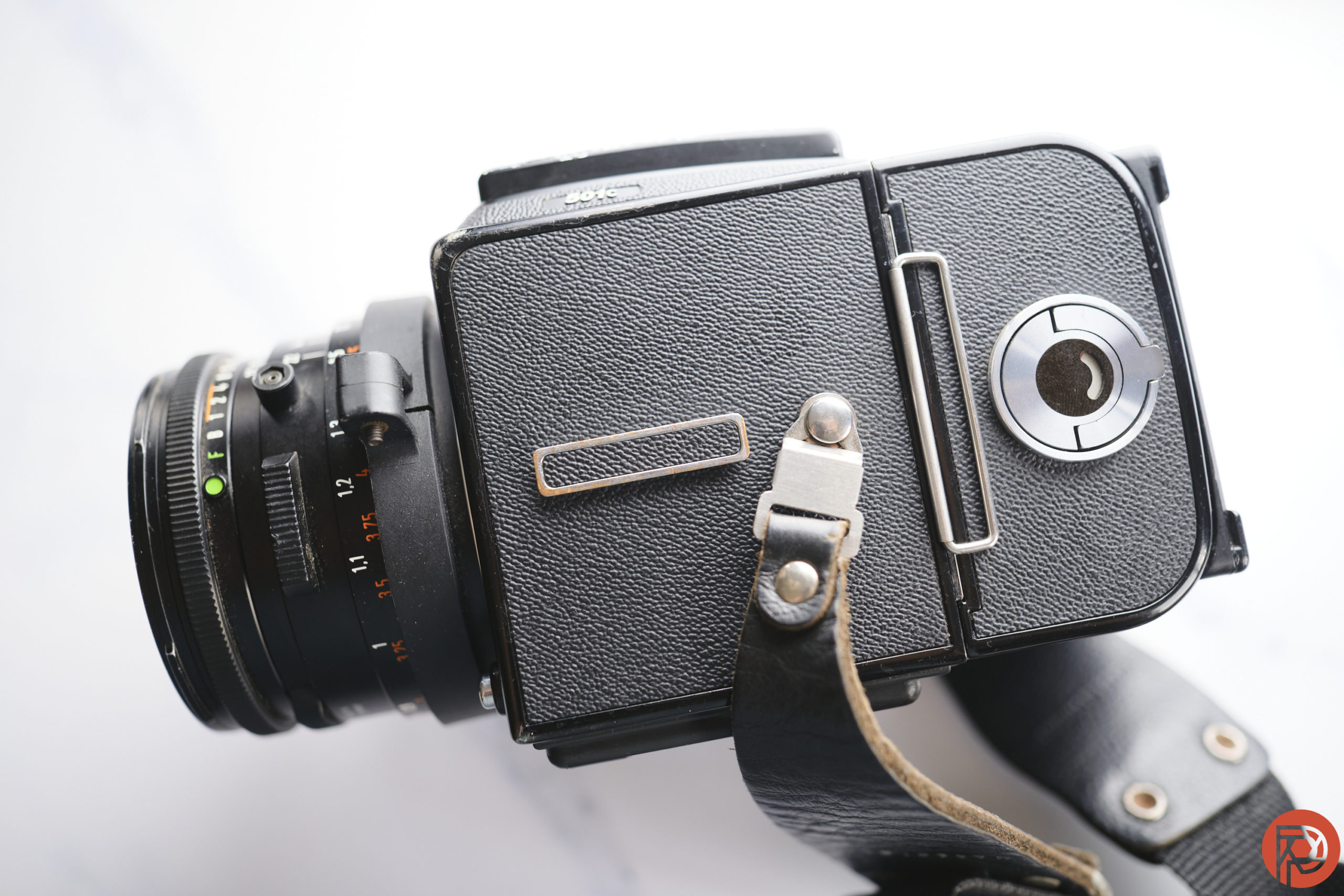
On both sides, you’ve got strap lugs. There’s also the dark slide here for the film back.
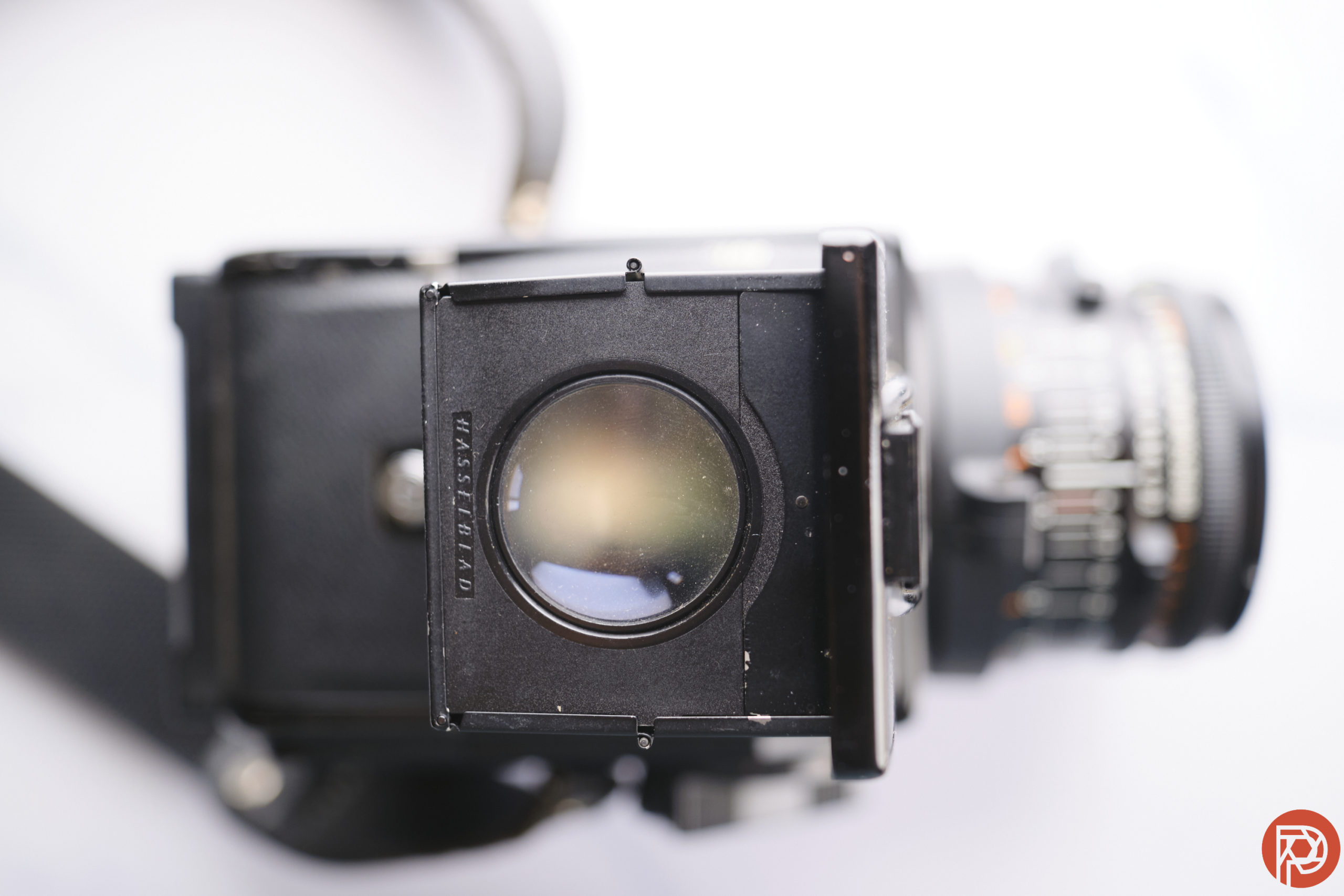
Undo the hood finder, and this is what you’ll see inside.
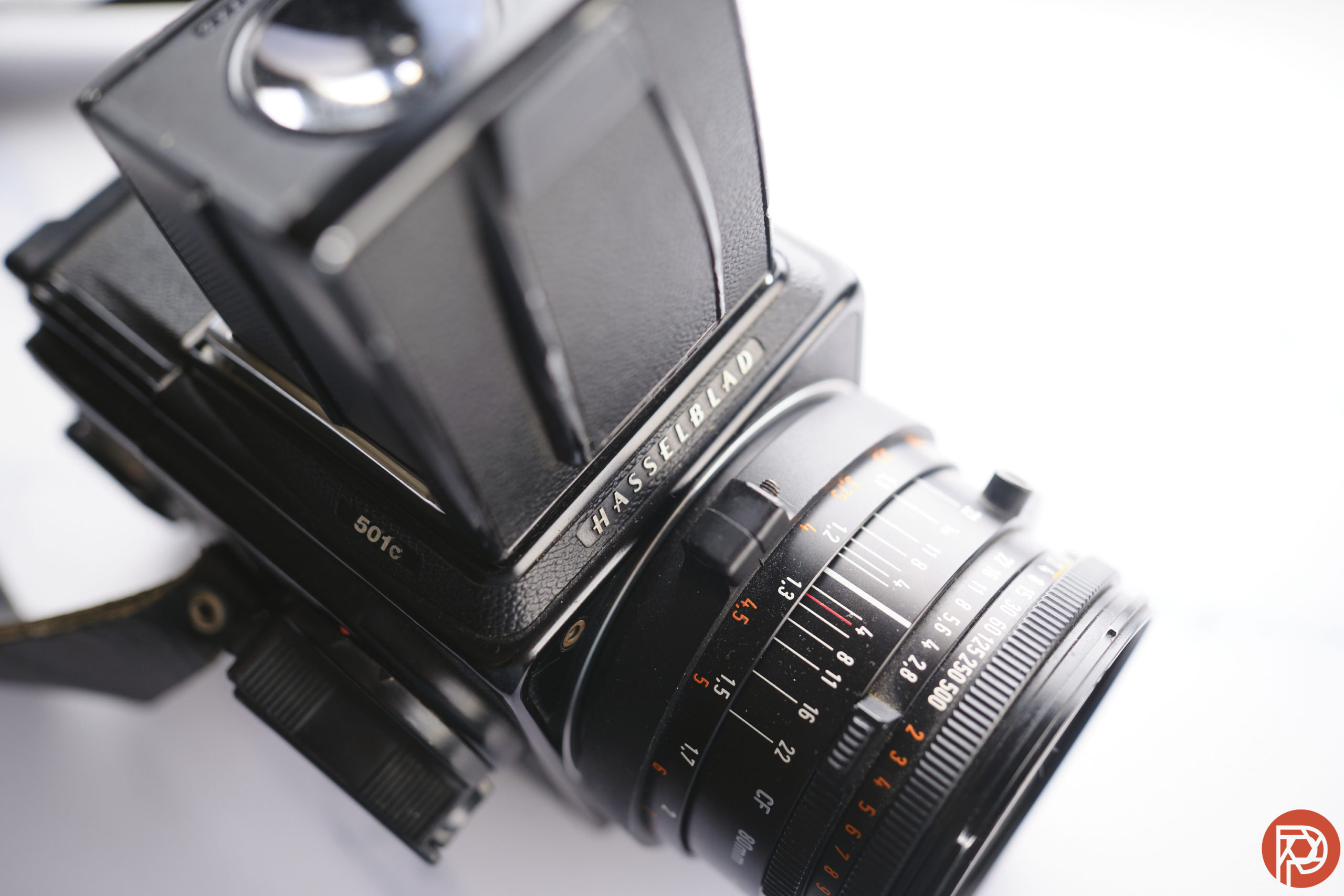
The lenses have EV ratings on them. So you can meter the scene in a variety of different ways. I tend to use Sunny 16 if I’m not using the prism finder with a meter.
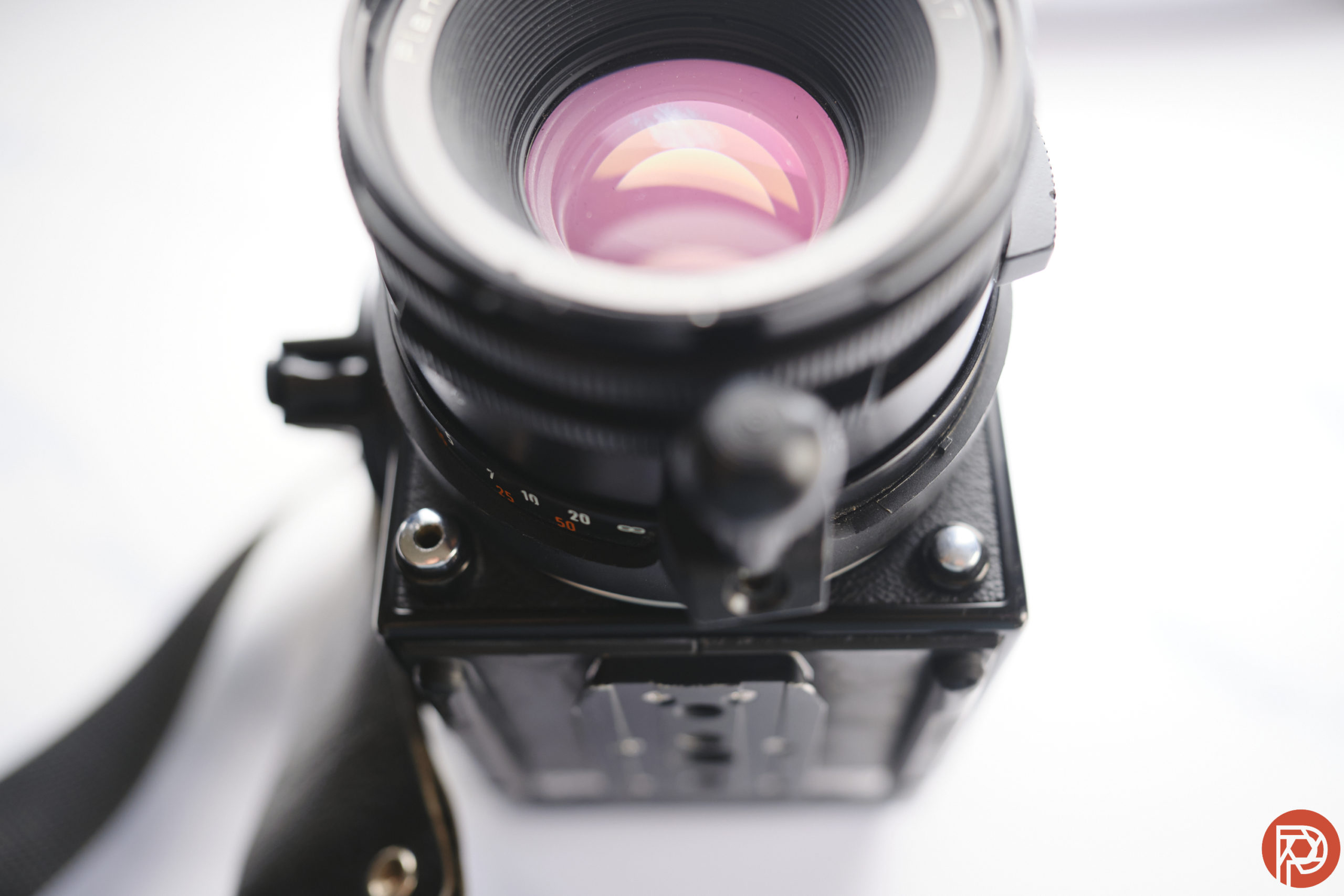
The Hasselblad 501C takes lenses that have some great ergonomics for focusing and usage overall. I wish that manual focus lenses were made like this today.
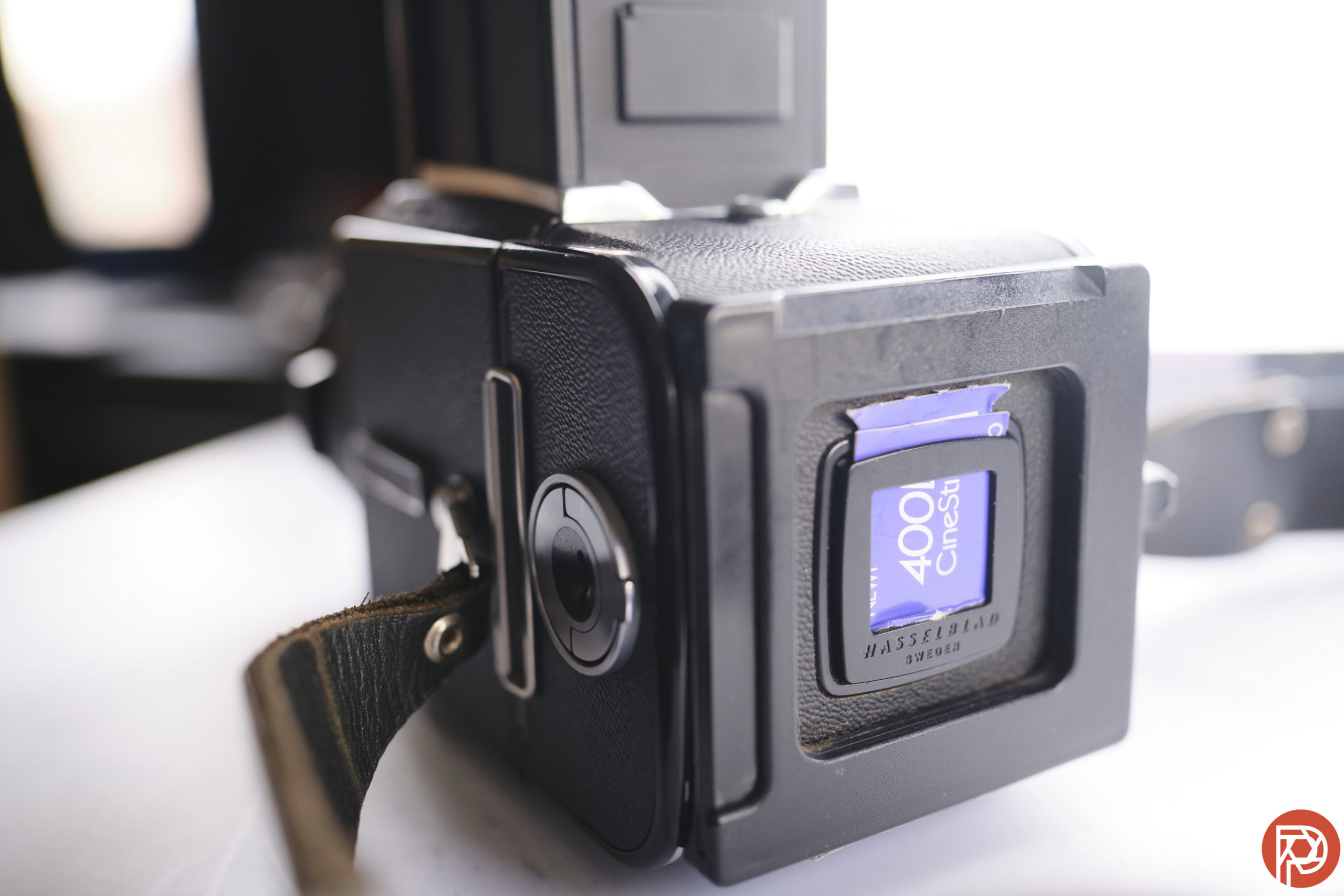
On the back, you’ve got the token slot for signaling what film you have in the camera.
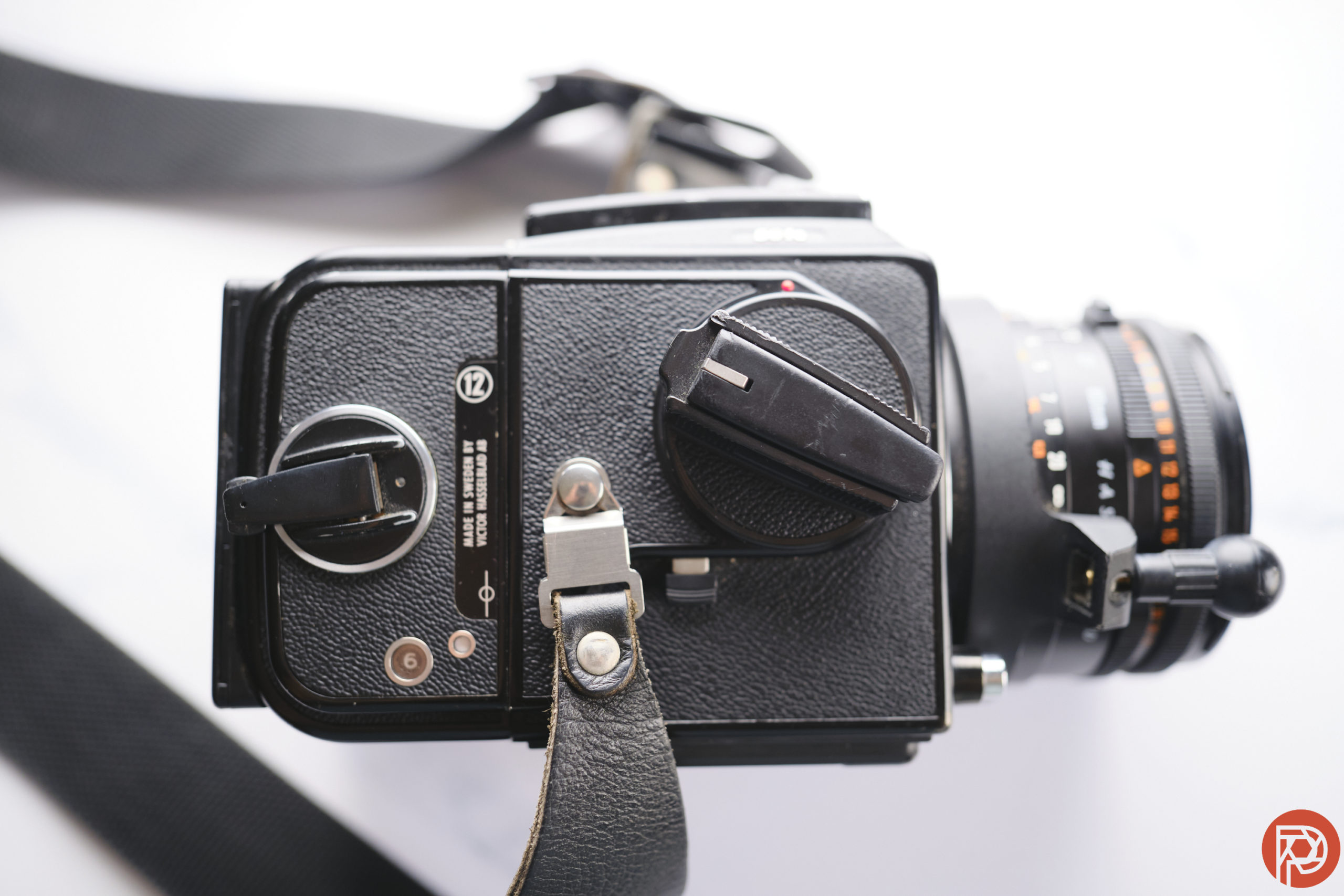
On this side, you’ve got a crank for the film back and for the camera. You only ever really need to operate the one on the camera.
Build Quality
This camera is built like an old car meant to be passed down from generation to generation, but without the gas-guzzling and more of the film-devouring. I’ve taken it into the rain and it kept working with no issues. But I also have simply just toted it around my shoulder with a camera strap and walked for miles with it. Plus, I’ve shoved it into various camera bags. The Hasselblad 501C is very worth getting into your hands and using.
Focusing
Focusing with the Hasselblad 501C is done manually and in different ways depending on which finder you have. If you have the hood finder, then it’s a backwards experience and you’ll have to keep this in mind. However, it’s also arguably the most compact experience you can get with the camera. If you use the metered prism, it will be much more like a typical SLR experience.
I’m legally blind, and if I’m very careful and slow, I can figure out how to get a subject very well in focus.
Ease of Use
The Hasselblad 501C fulfills a need that is hard to replicate with a lot of other cameras. You see, digitally speaking, there aren’t many cameras that can do a top-down experience. And the SLRs with big, detailed viewfinders are missing from the market. But the Hasselblad 501C has a huge viewfinder that makes it easy to manually focus and compose in low light. You can do the top-down experience or use a prism finder. And most importantly, the process ends up giving you an image that you can’t really get digitally.
There are a few different viewfinders for the Hasselblad 501C. But the ones I use are the hood finder, which enlarges what you see on the ground glass. However, everything is reversed. If that’s annoying to you, then grab the metered prism finder, which also helps with light metering.
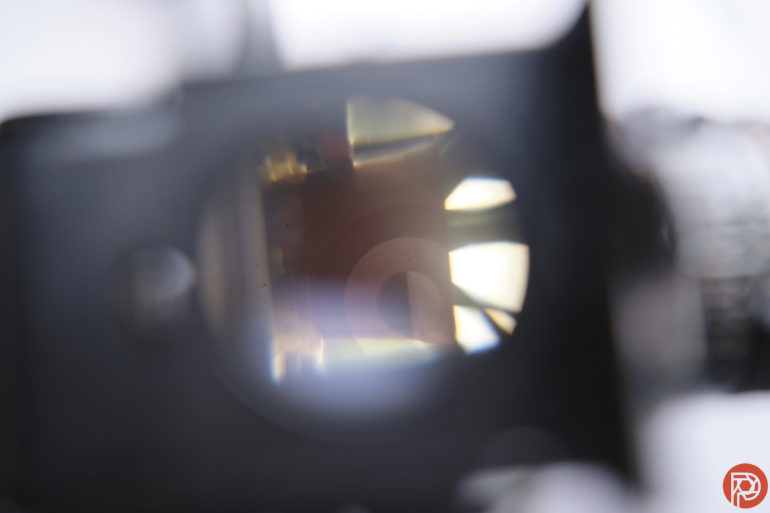
The light meter on the prism finder is fascinating. When you meter a scene, it gives you an EV number. Then you have to look at the corresponding settings on the lens. So let’s say the finder tells you an EV number of 17. As you set the shutter speed and aperture, the EV number changes. And your goal is to set the number accordingly. If the light meter says 17, then you have to adjust the shutter speed and aperture to 17. That can be any number of combinations. Maybe it’s 1/4 of a second at f16. But if that’s too slow of a shutter speed for you, then adjust the aperture and shutter speed accordingly. You can also lock the lenses so that when one variable moves, the other one does too.
Load the film is also just like any other medium format SLR camera with the exception of ones like the Pentacon 6 and the Pentax 67 series. In this case, the Hasselblad 501C has a medium format back. Unlike a camera like the Mamiya RB67, you don’t have to recock the shutter and advance the film. It’s all done together when you turn the crank on the film back.
This is probably where I realized I should talk to the beginners here. Medium format cameras like the Hasselblad 501C have a few big parts:
- The Finder: It can be a prism like a DSLR or a hood finder which magnifies the ground glass
- The body: The part containing a mirror and all the components to take the photo
- The back: the holder for the film
- The lens: In the case of the Hasselblad 501C, it holds the shutter speeds and apertures
- The grip: If you get one.
So you have to configure the entire thing the way you wish, kind of like what camera manufacturers do with cinema cameras these days. For this camera, we’ve got the body, which is primarily the camera itself. You can use an assortment of backs, lenses, and finders for the camera body.
Image Quality
This is film so the Hasselblad 501C has image quality that’s mostly reliant on the film that you’re shooting. In this case, I’ve used CineStill 400D.
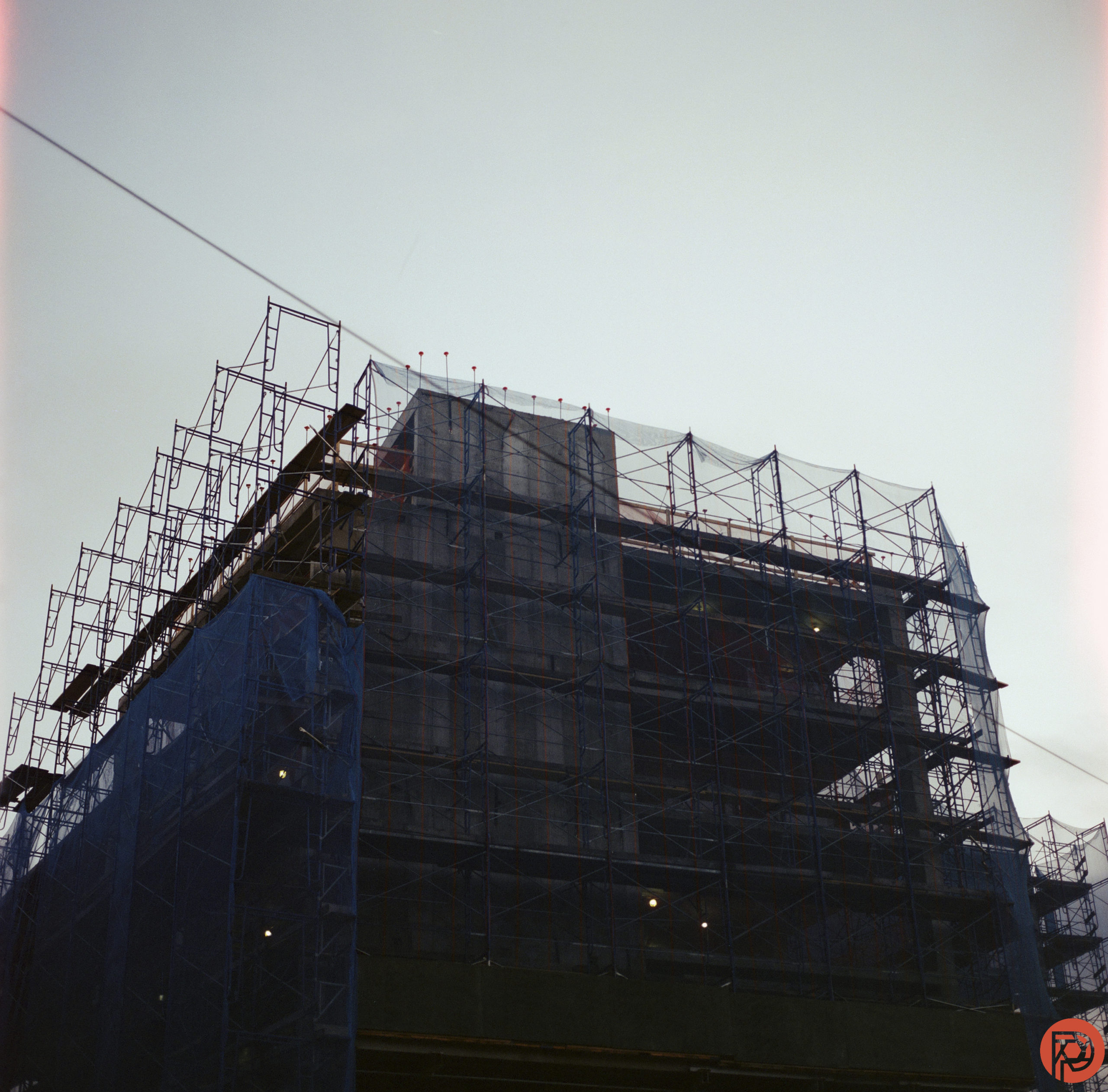
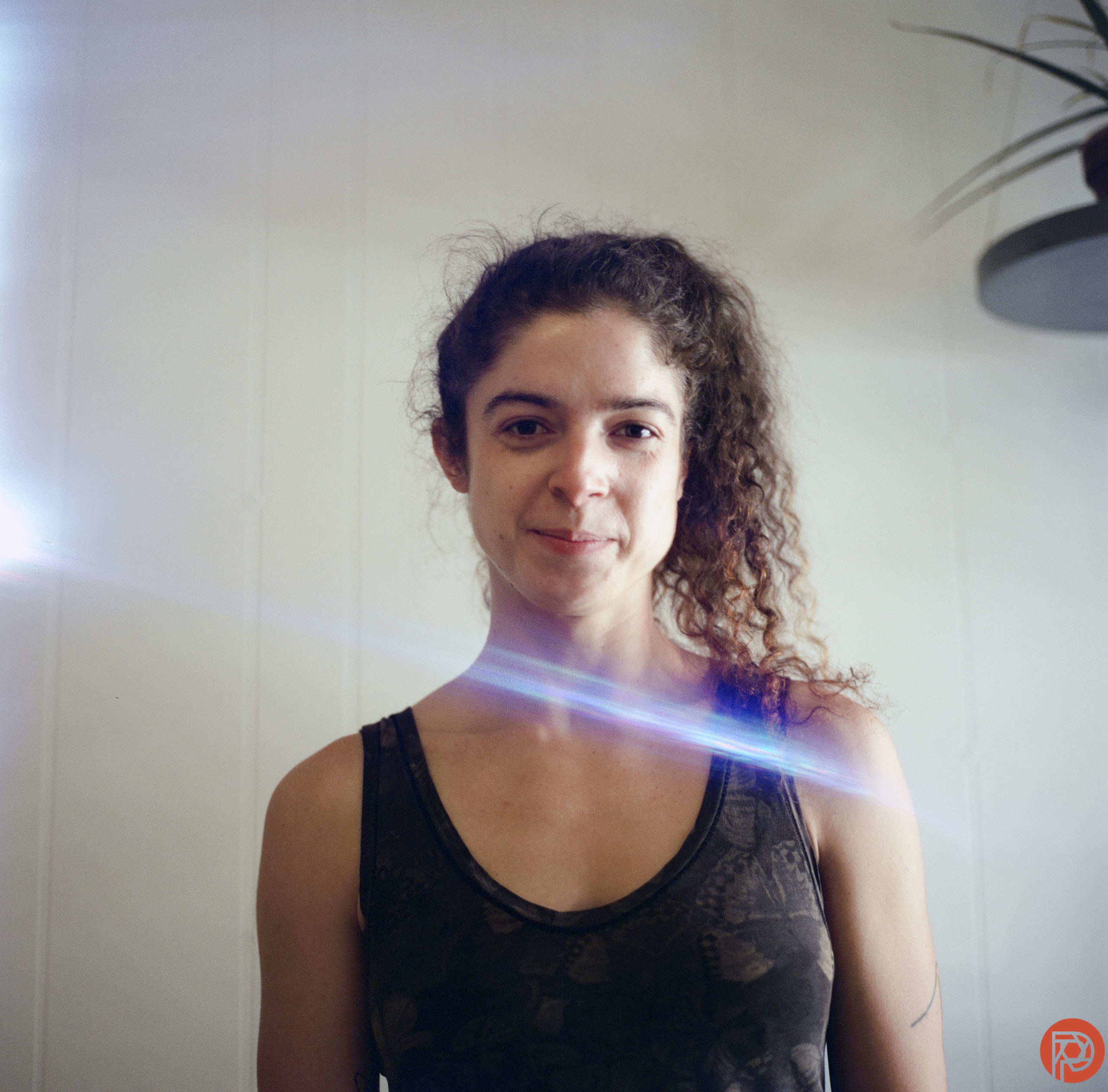
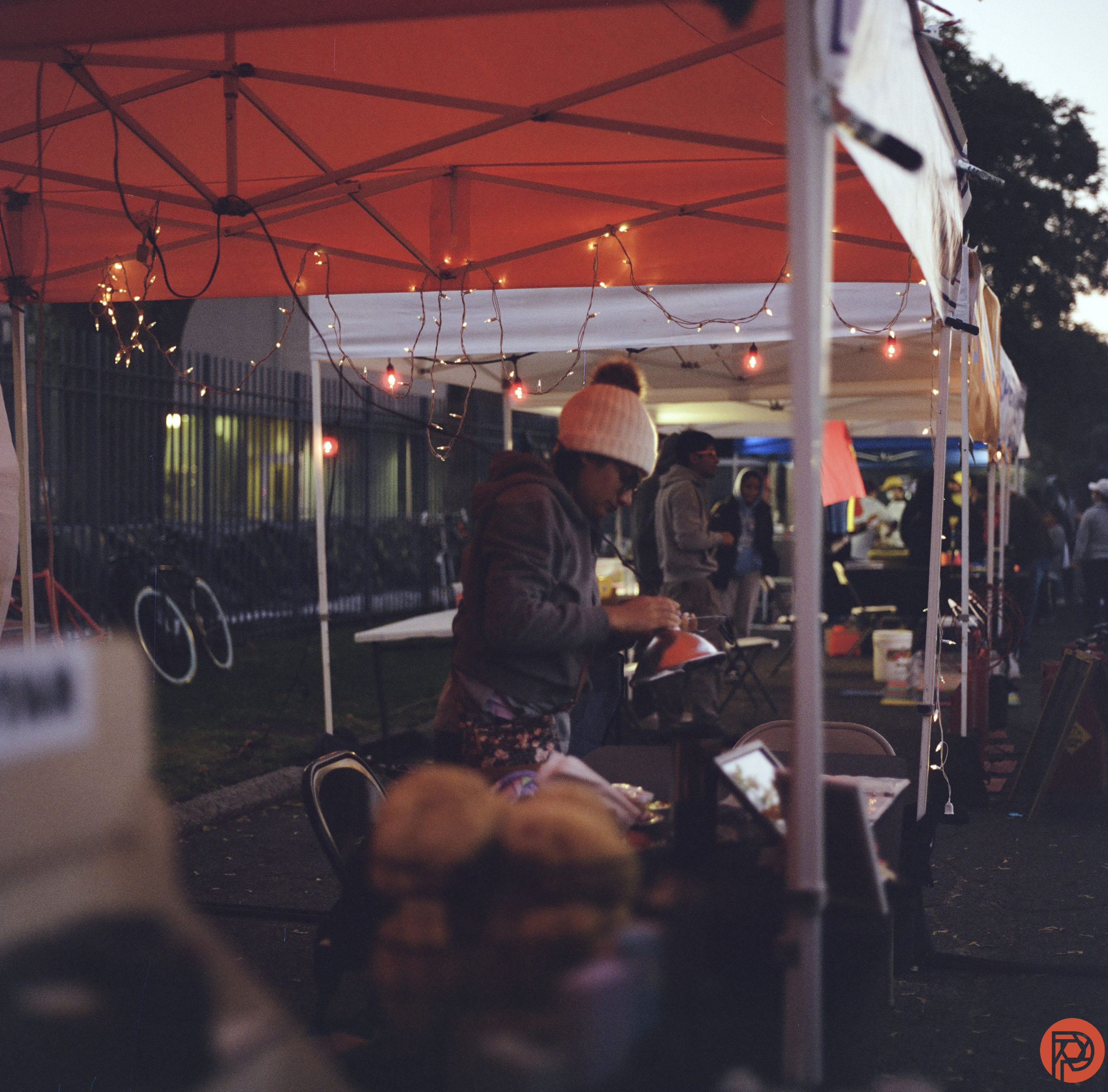
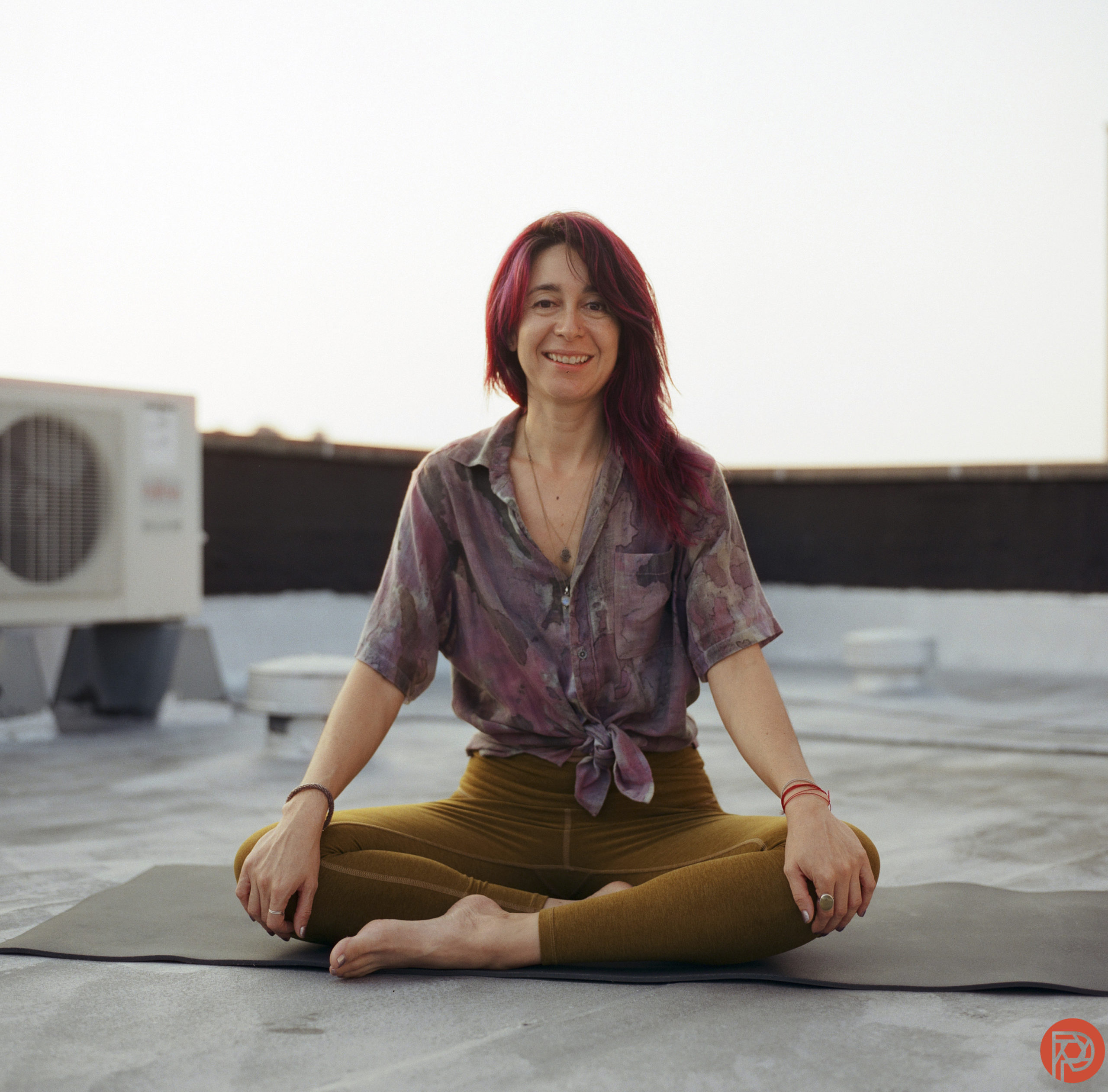
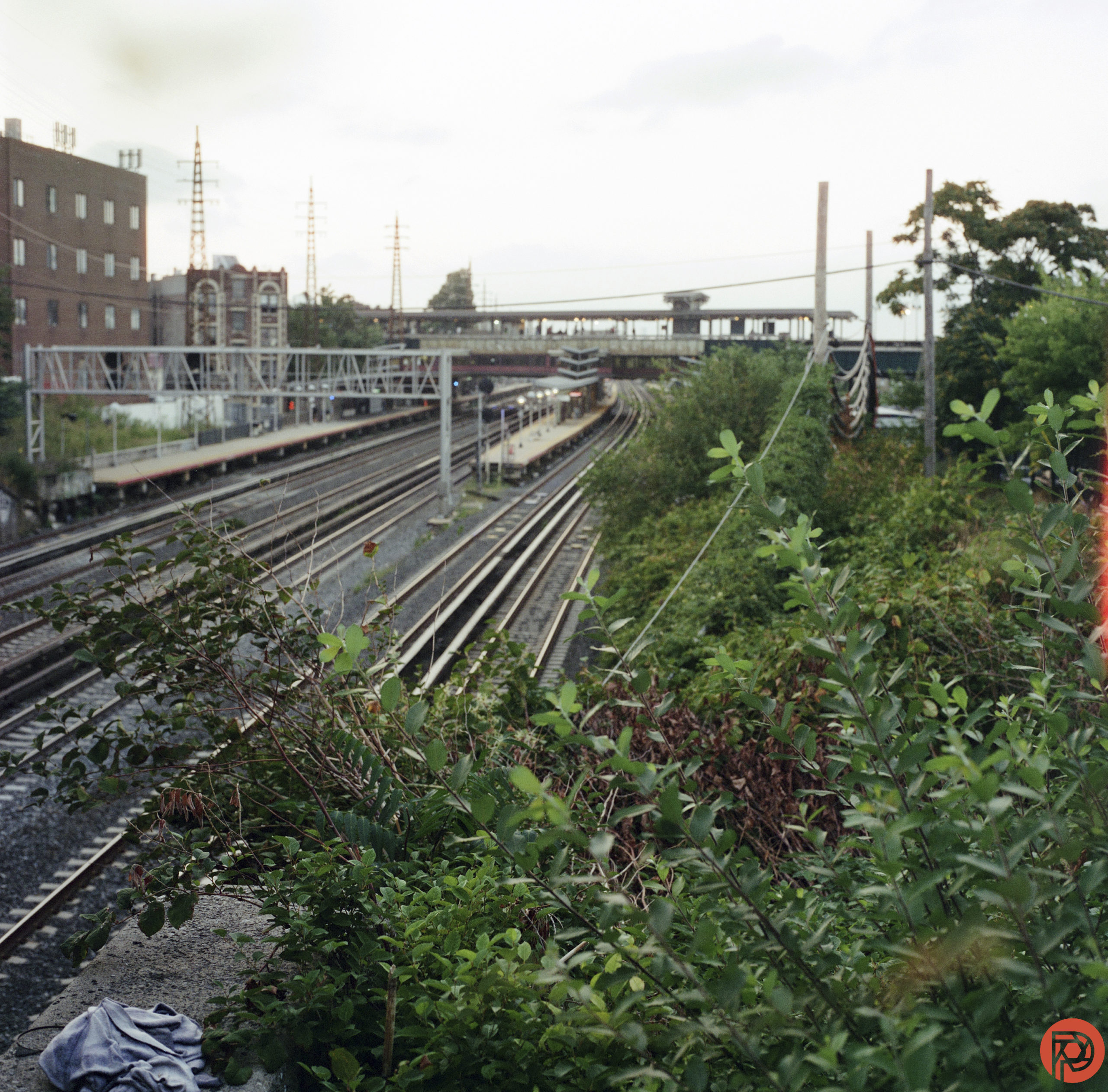
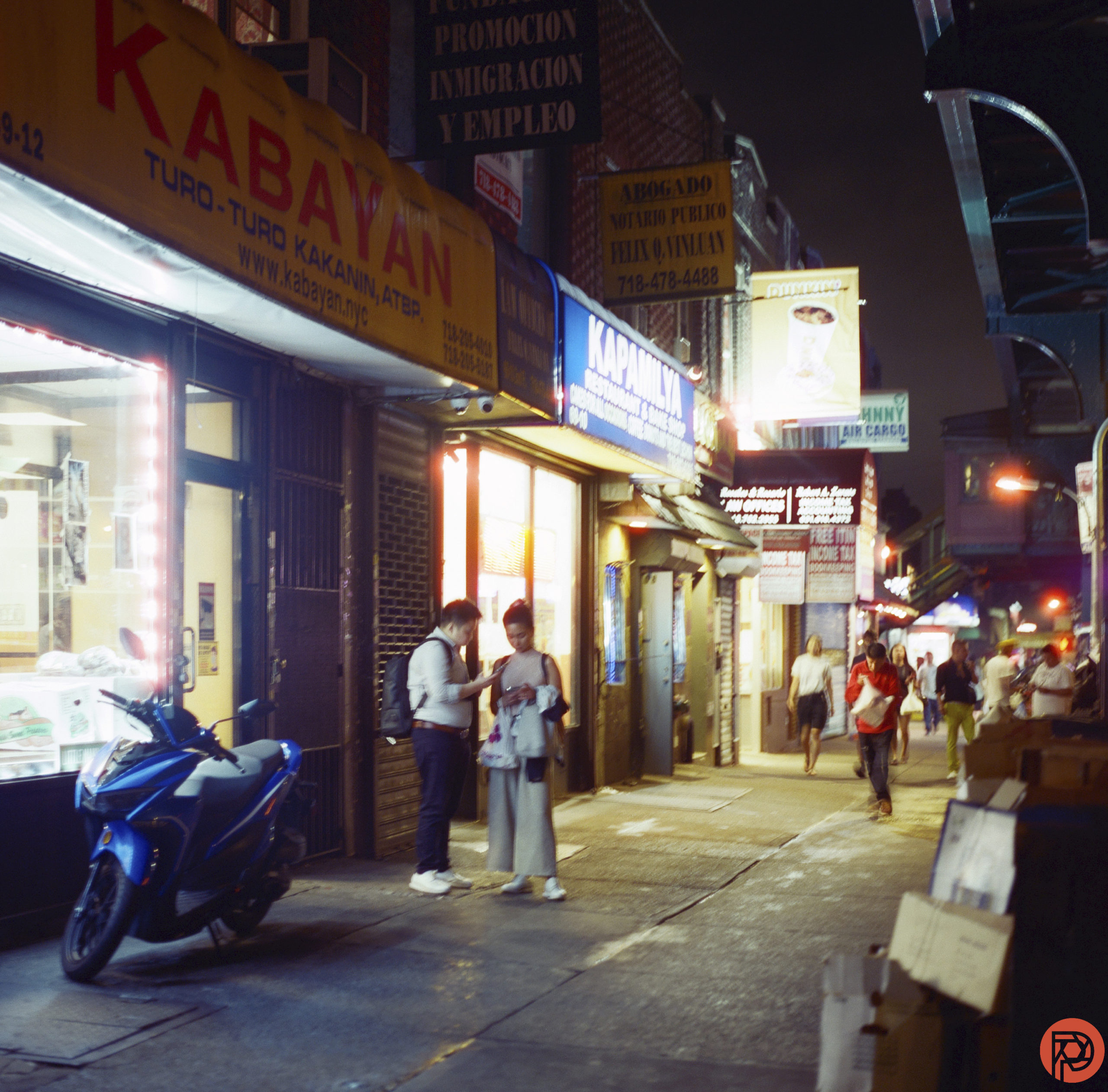


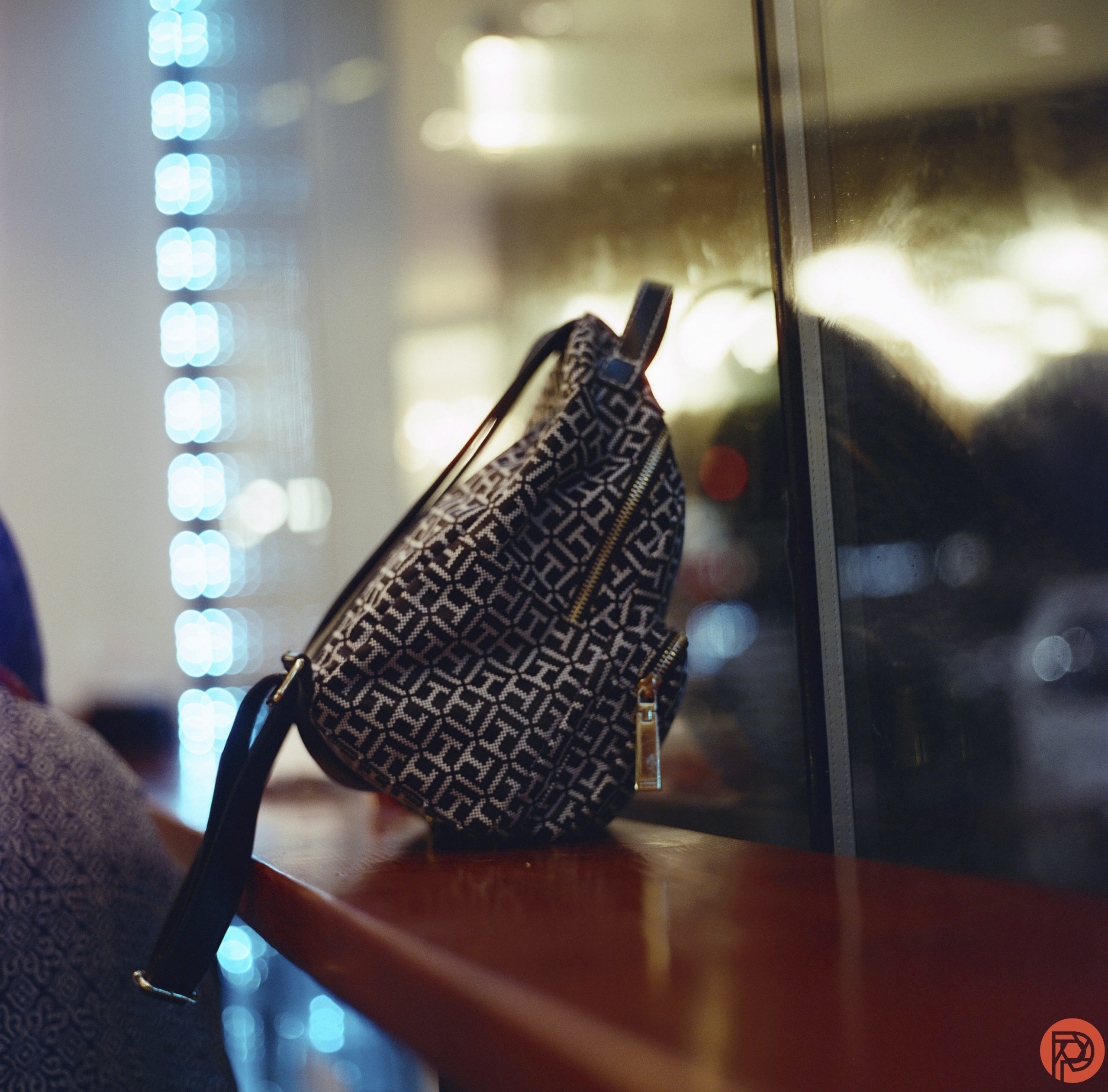
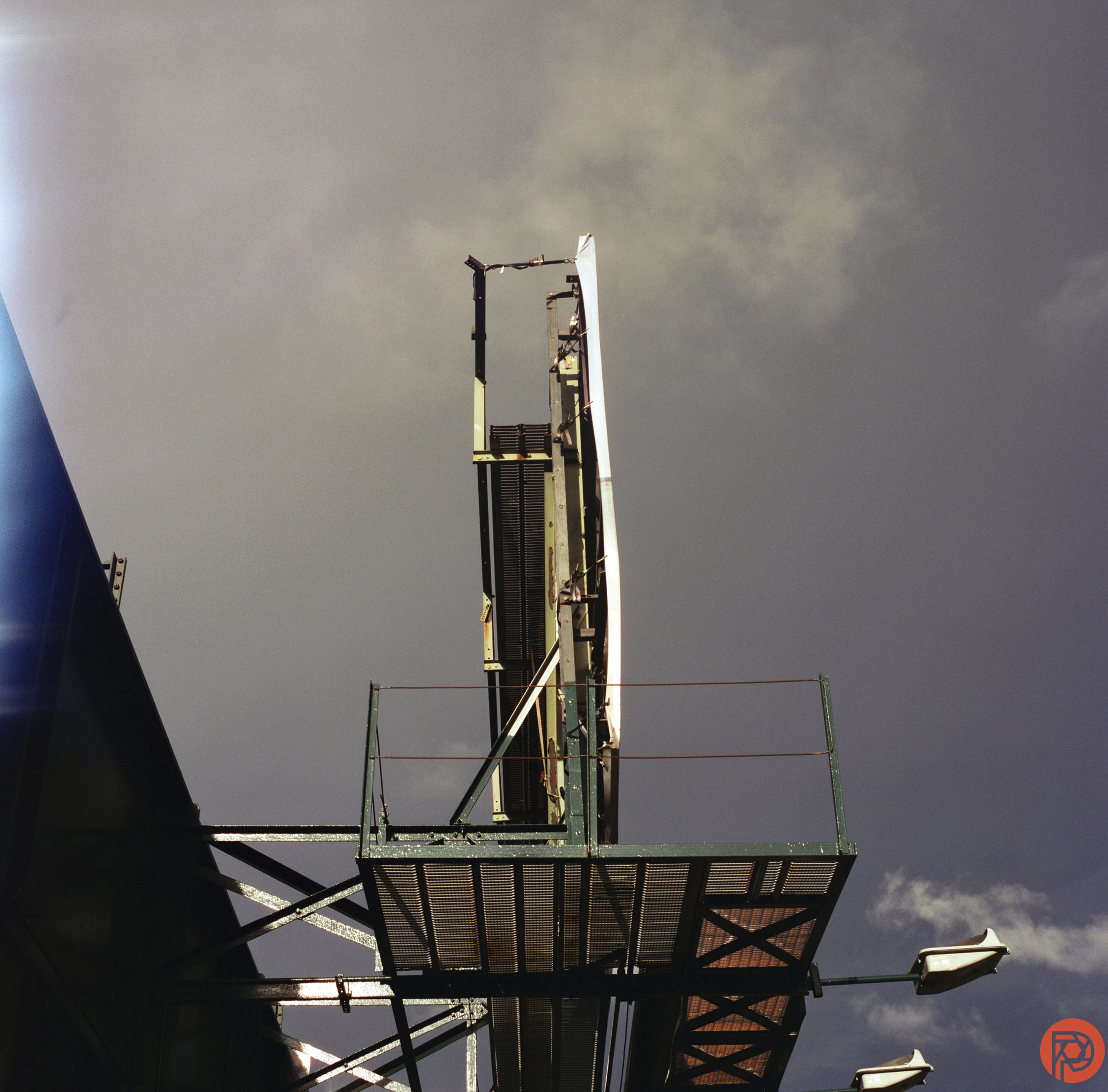
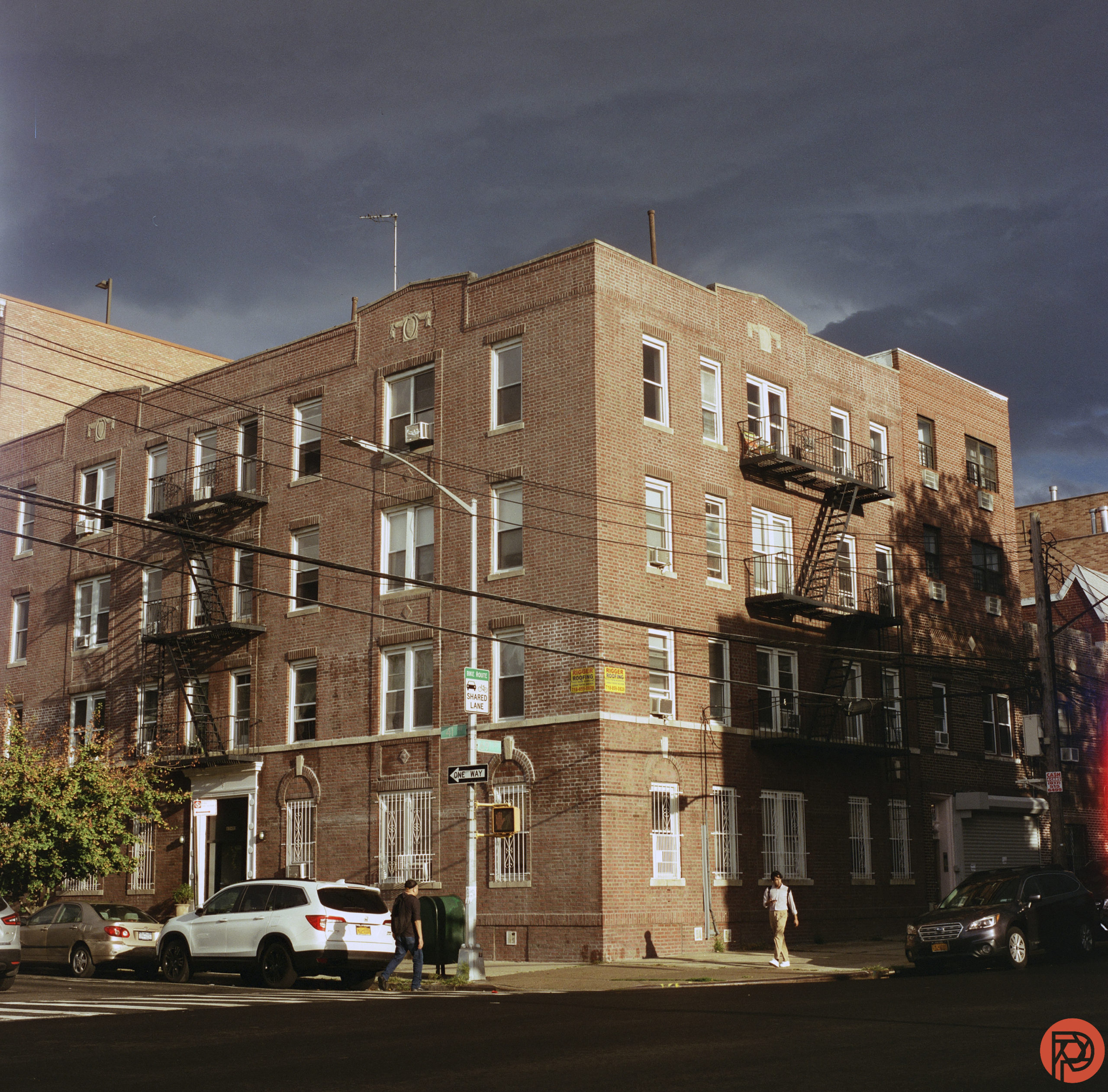
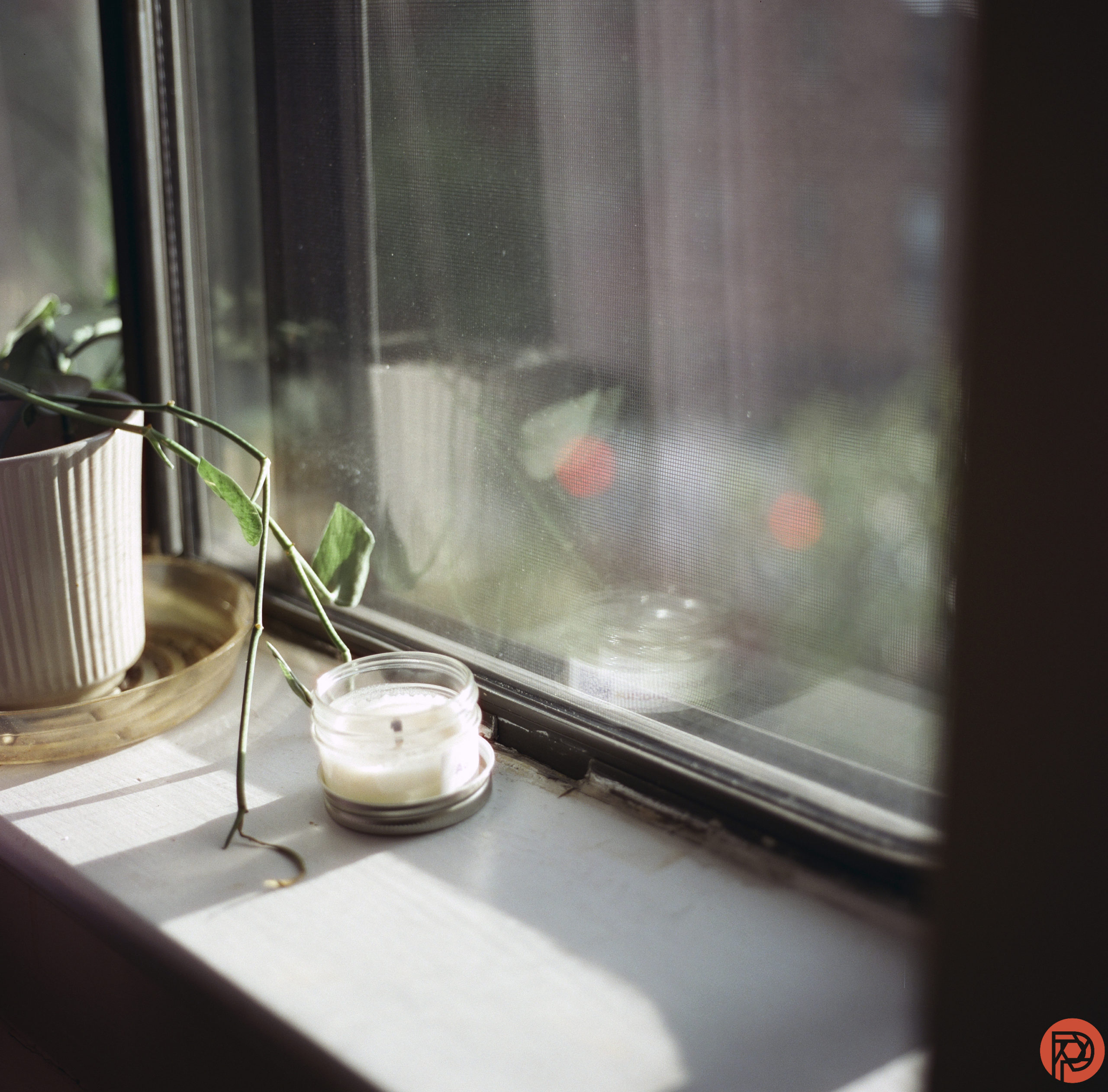
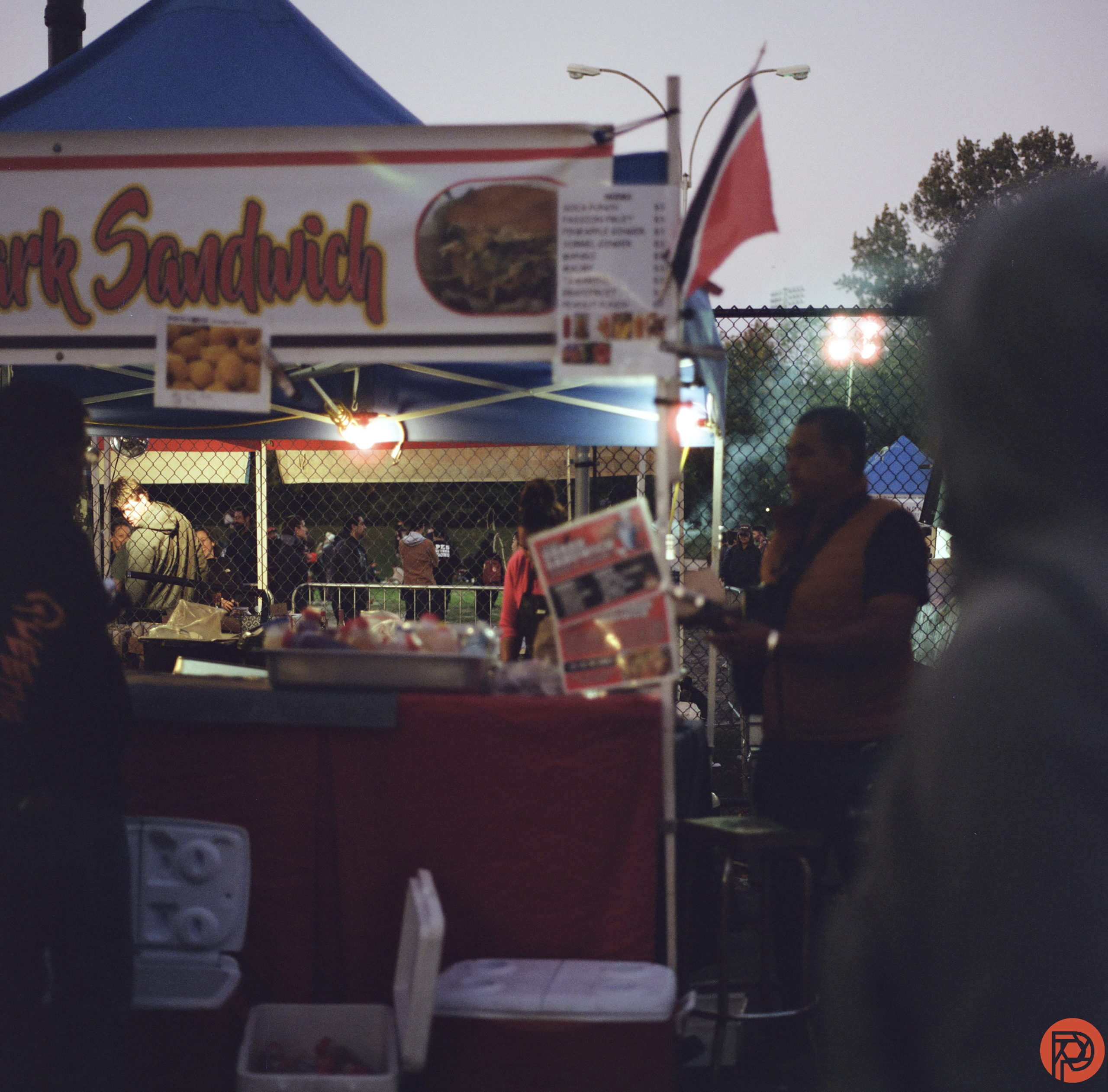
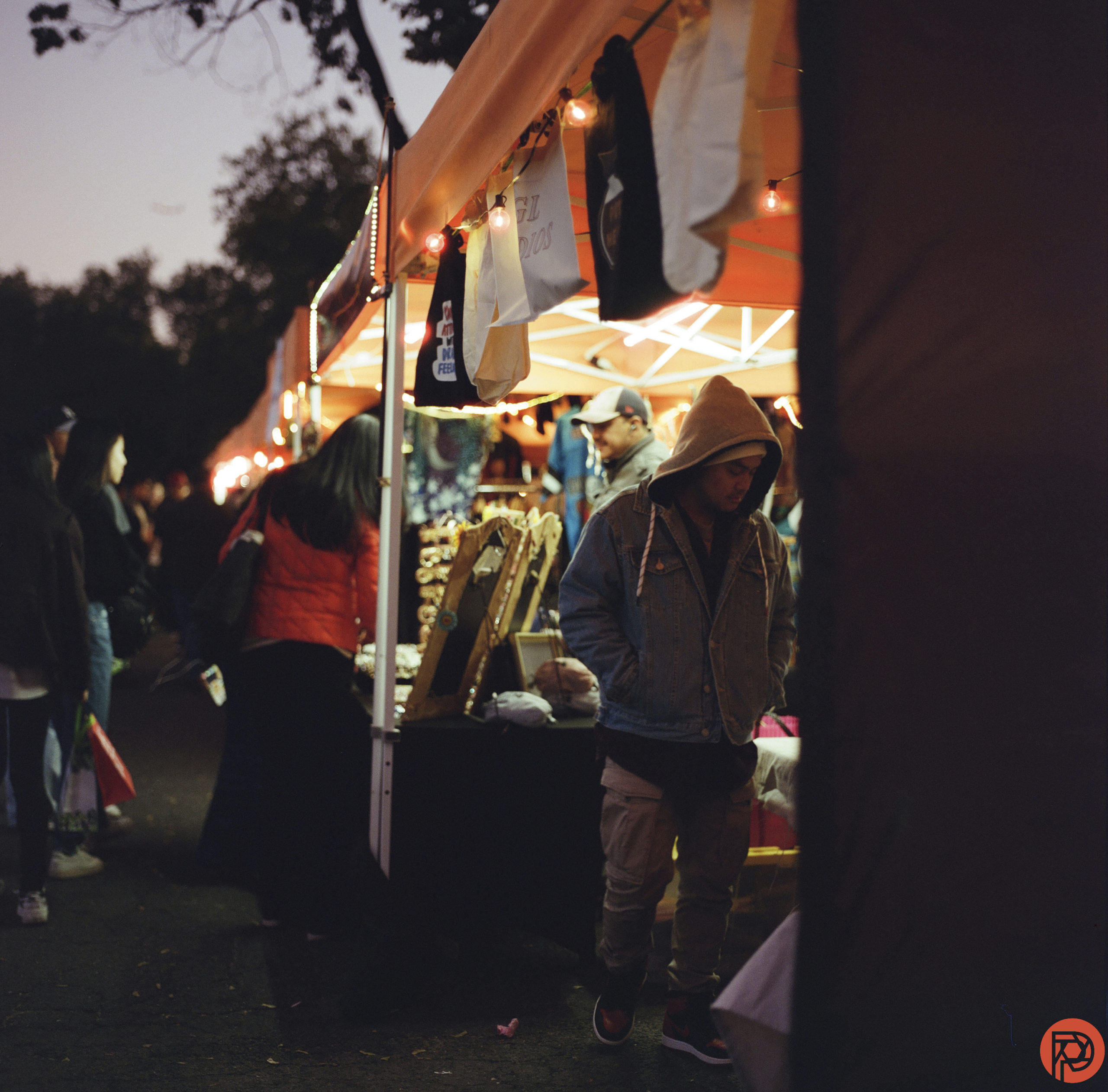
Who Should Buy The Hasselblad 501C?
Want a 6×6 camera? Then get the Hasselblad 501C. It’s far more reliable and less disappointing than the Pentacon 6. It’s also easier to show you what you’re going to get than the Mamiya 6 can. Beyond that, it’s much more fun to use one of these than it is a TLR in my opinion.
Tech Specs
There’s too many cool things to list here. So instead, we think you should check out this old school manual.


